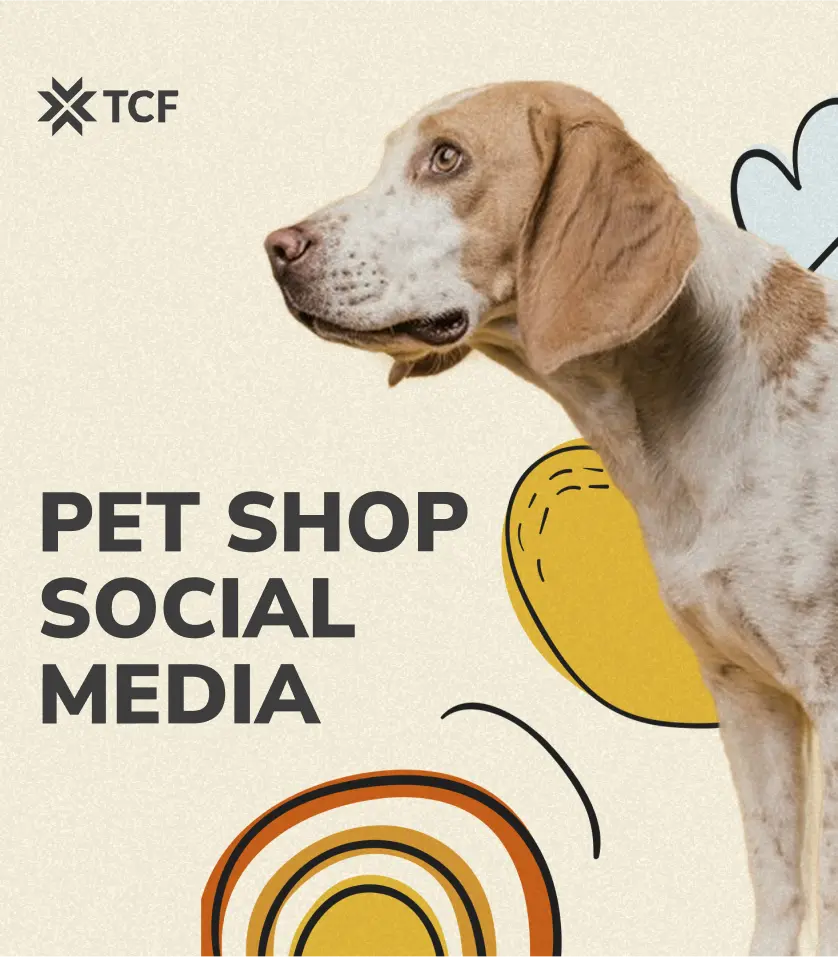Within a few months following the pandemic, the eCommerce sector underwent a five-year digital revolution and continues to develop at an unprecedented rate. By 2023, the retail market is estimated to be worth 30 trillion U.S. dollars. Even print-on-demand eCommerce stats show that the online market has grown significantly.
The pandemic’s e-commerce trends are continuing to strengthen: field players are focusing on customization, a simpler product selection process, such as utilizing subscriptions, and the usage of AR/VR to enhance the convergence of online and offline shopping experiences.
Because of the growing demand for online purchasing, several entrepreneurs have opened their own E-commerce stores. E-commerce customer service nowadays has a plethora of alternatives. The challenge is to distinguish yourself from the crowd. Take a look at some of the successful tactics you may use this year to build your E-commerce business.
Nowadays, an eCommerce business may differ in many factors, but the need to be careful of their competition represents the common ground for everyone. That’s why features such as price monitoring can come in especially handy. Price monitoring will give you a better overview of the competition and its pricing activities. Having insights about competitors who are increasing/decreasing the prices or running some sort of promotion is priceless information for your business.
Blockchain
This technology aids in the security of purchases, protects customers from fraud, and streamlines payment processes. Whenever e-commerce operations rely on them, blockchain makes transactions safer and quicker. Users may share and securely store digital assets automatically and manually using blockchain technology.
Blockchain improves the efficiency of online commerce at all stages: it aids in the control of the supply chain, the selection of genuine product reviews, the ability to vote anonymously in real-time, and the development of bots that understand natural speech.
Blockchain, thus, may be used to create a decentralized online eCommerce platform for buying and selling your products and services.
The Presence Effect
Almost 90% of marketers believe that video content is the most effective method to attract people to internet platforms. The longer a person stays on a page, the more loyal they are, the greater the conversion rate, and the smaller the proportion of returns.
To ensure the growth of loyalty, you need high-quality material, appealing design, social media management, eye-catching images, professional explanations, social media videos, and a thorough product evaluation. In this scenario, the buyer has a positive image of the store, which boosts conversion, lowers the proportion of returns, and raises the likelihood of a repeat sale.
Some brands use graphical representations and 3D models for optimal size selection and price reductions on products. Thus enabling their product to be not only beautiful but also fit the customers. Long story short, with the Presence Effect, you build a bankable user acquisition and brand loyalty.
The Emergence of New Payment Methods
One of the primary variables influencing online purchases is the availability of various payment alternatives. People will not buy from your online business if they cannot use simple payment methods. Therefore, in order to remain competitive, you must focus on the development of new ways of payment.
Digital wallets such as Google Pay, Paypal, WebMoney, and Samsung Pay are currently widely utilized in the sphere of e-commerce. People may use these services to make purchases utilizing electronic transactions, making the ordering procedure easier. According to studies, 70% of respondents believe that digital payments will outnumber cash and credit cards by 2030.
Another trend is doing eCommerce with cryptocurrencies which allows completing the process even faster. Currently, we can witness how cryptocurrencies are being used by some large companies to conduct large-scale commercial transactions.
AR-augmented Reality Technologies
For many consumers, the potential of losing the product’s color, size, form, and so on as a result of squandering money and time is a stumbling block before making a purchase. To a significant degree, these worries are alleviated by the development of augmented reality technology, which assists Internet buyers in understanding how the product would seem in reality rather than in a photograph. AR generates a 3D model of prominent brand items, and then a QR code is inserted in the product card for further investigation. Much like grid planners in the social media marketing or shape generators in video making, AR aims to give a more detailed visual representation of the upcoming.
One of the most significant restrictions of the eCommerce sector is the inherent difficulty of representing a product electronically. Make sure the eCommerce developers you work with build your website carefully enough so that you can show your products easily using AR too. By making it simpler to depict products and providing the buyer a greater feeling of what they are purchasing, augmented reality can help bridge the gap between shopping in a physical place and online shopping.
When you integrate augmented reality into your eCommerce business, you can expect to increase consumer engagement, attract new customers, and increase conversion rates.
CDP Distribution
Companies are attempting to acquire ever-increasing amounts of data about their existing customers, including aspects of their online activity and all lines of communication with the company. Because a major portion of consumer activity is migrating to the Internet, technologies that gather and organize data from network users are necessary. CRM systems that are commonly used today do not allow for the consideration of consumers’ online behavior, whereas CDP (customer data platform) solutions do. They were initially designed for processing and storing users’ digital footprints.
CDP gives more information than CRM, which maintains the data of customers who have already engaged with your company. It should be noted, however, that these systems are not interchangeable. You can also implement this feature during your retail application development as an eCommerce business that intends to have its app. This will help you acquire more data about your users and buyers. It is beneficial to use CRM for startups when troubleshooting company operations. It saves client information, allows you to create sales funnels, and tracks transactions.
The primary objective of CDP is to give consolidated information that will aid in managing marketing strategies, audience segmentation, and creating tailored offers for clients.
Switching to D2C
B2B, B2C… Have you ever heard about D2C?
A completely new structure of commercial connections between customers and manufacturers is hitting the top. During the previous decade, B2B and B2C have been the two of the most prevalent company models. In the first scenario, the business sells services or commodities to another business, whereas in the second case, the firm sells to an individual.
Today, however, some B2B manufacturers are abandoning this strategy in favor of selling items directly to customers rather than through middlemen such as retailers, distributors, and dealers. This type of technology is known as D2C (Direct-to-Consumer).
D2C enables producers to retain complete control over all phases of engagement with the final consumer by avoiding intermediaries. Another advantage is that the brand always understands its customers better, allowing it to create more effective connections with them.
Wrapping Up
E-commerce services are rapidly growing and will soon outnumber physical sales. All market competitors are actively competing for customers, increasing consumer comfort circumstances year after year, which raises customer requests and expectations. New trends emerge as a result of the quest for the finest solution to delight the client.
Trust me, eCommerce is going to be as easy as a YouTube thumbnail download.
Just to be always up-to-date, you must contin0ually enhance your online resources, optimize content, work through interface and conversion components, and focus on new industry manifestations and the development of modern technologies. Test-drive all the trends and pick the best for you. Nothing in this life happens by chance.



Comments